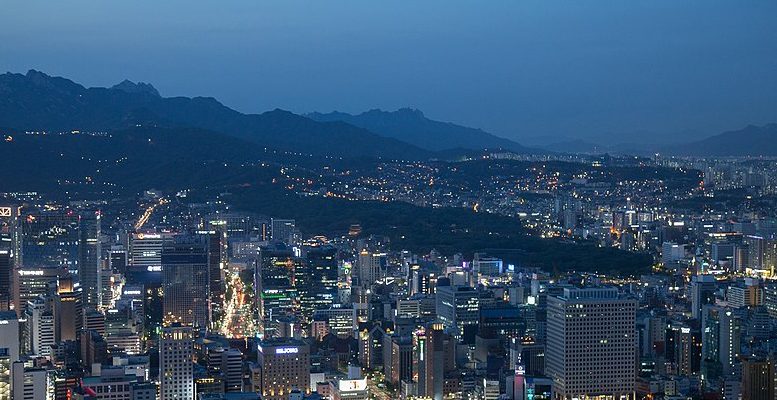Trinh D. Nguyen (Natixis) | Governor Lee pulled the trigger and delivered the first interest rate hike in Asia to take the policy rate to 0.75% from 0.5%, while the rest of the region is still reeling from Covid-19 suppressions. The decision signifies South Korea’s strength in making a rapid recovery – from exports that grew 41%YoY in the first 20 days of August to accelerating retail sales to 13%YoY in July despite Covid infections. This contrasts with most of Asia that is mired in demand worries.
With GDP expected to grow by 4% (Bank of Korea’s GDP forecast, which was maintained from the last meeting even as Covid cases rose) and inflation revised higher to 2.1% in 2021, Korea left the rest of Asia behind and started normalizing rates to curb accumulated financial excesses created by having low interest rates for too long. Household debt to disposable income was already staggering at 169% in 2020. By end Q2 2021, household debt rose further by 10%YoY as South Koreans increase leverage to consume, buy homes and invest in the stock market. Seoul home prices rose 15%YoY in Q3 2021 and the KOSPI Index rose 9% year-to-date. These rapid increases, coupled with solid GDP increase, have led the BOK to prioritize debt concerns.
We think that there will be one more 25bps hike in Q4 2021 to take the 7-day repo rate to 1% by year-end. Governor Lee stated that “real rates are still negative” and “virus resurgence won’t hurt the fundamental recovery.” These comments, coupled with South Korea’s less restrictive reaction to rising Covid infections relative to ZeroCovid economies such as China and Australia as well as the ambition to raise the percentage of the population receiving one dose to 70% in October to live with the virus, suggest that growth is not a major concern for the BOK in the short-term. Moreover, while monetary policy is getting tighter, fiscal support is rising – Korea is considering more than 8% increase for the budget of 2022, the year President Moon’s term ends.
The rate hike cements South Korea’s enviable position of being able to move past growth worries to tackle financial imbalances. Strong export performance, thanks to sectors such as semiconductor, autos and oil, and relatively muted disruption to domestic mobility even as Covid cases surged, paved ways for solid growth path in sharp juxtaposition to most of Asia. Moreover, its plans to increase fiscal spending in 2022 and accelerate vaccination to normalize domestic activities suggest that there is room for the BOK to pull the trigger once more in Q4 2021.





